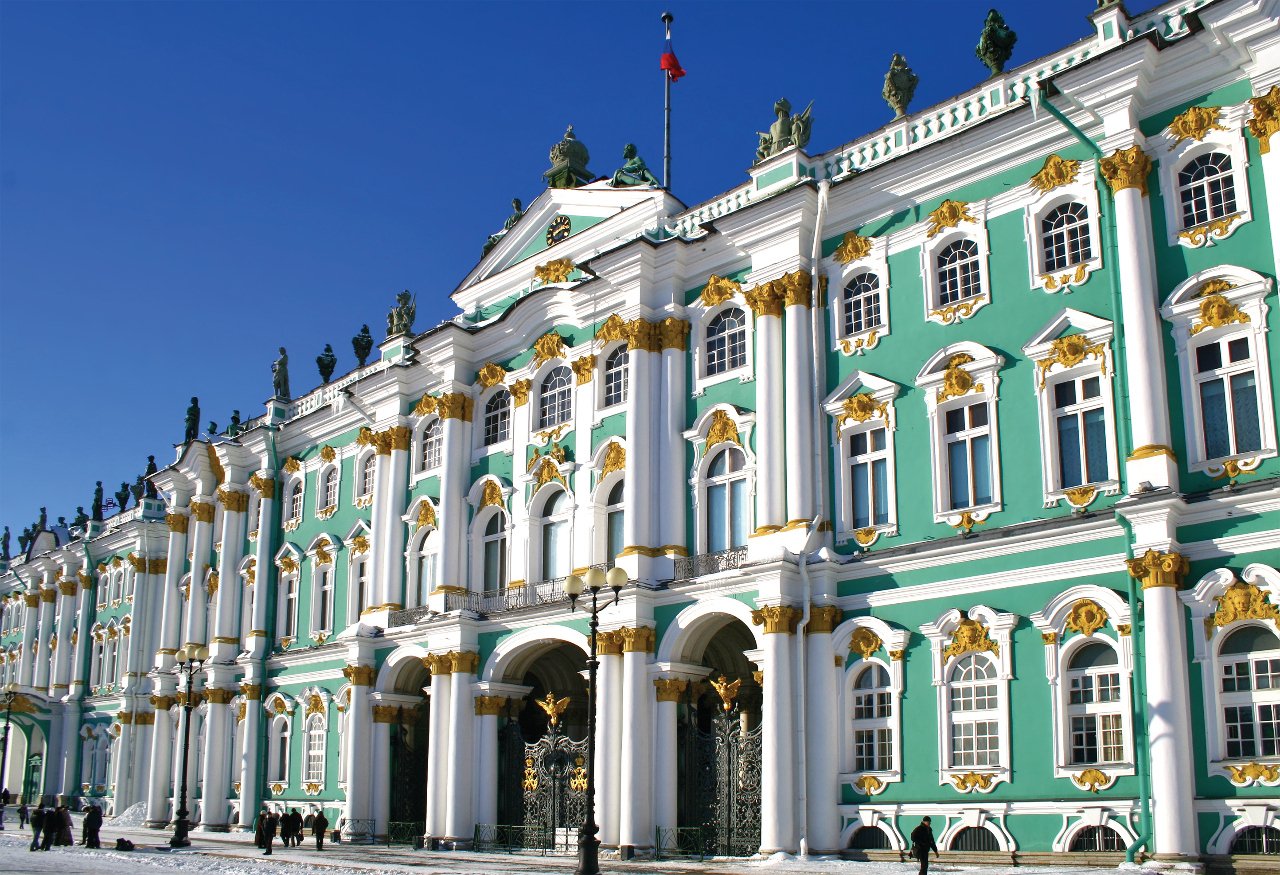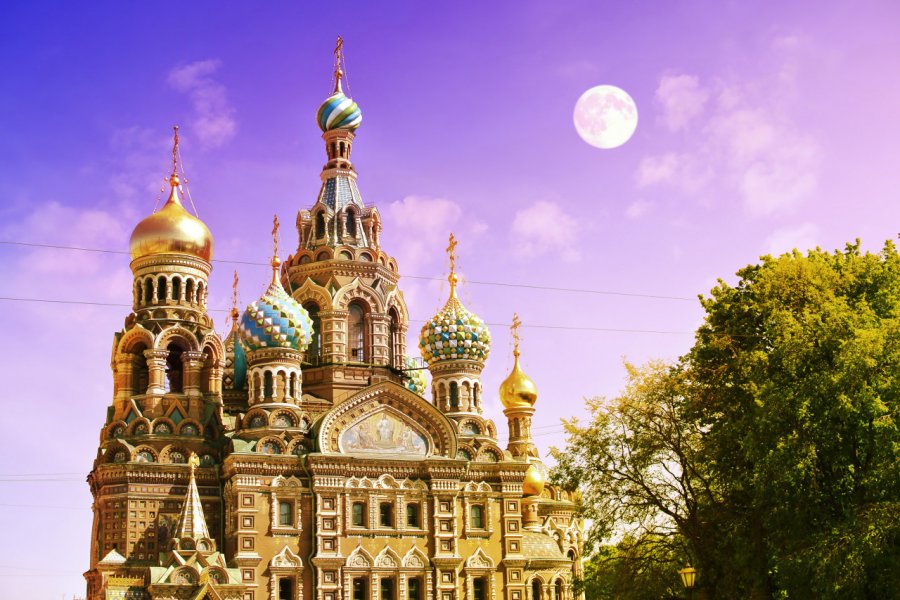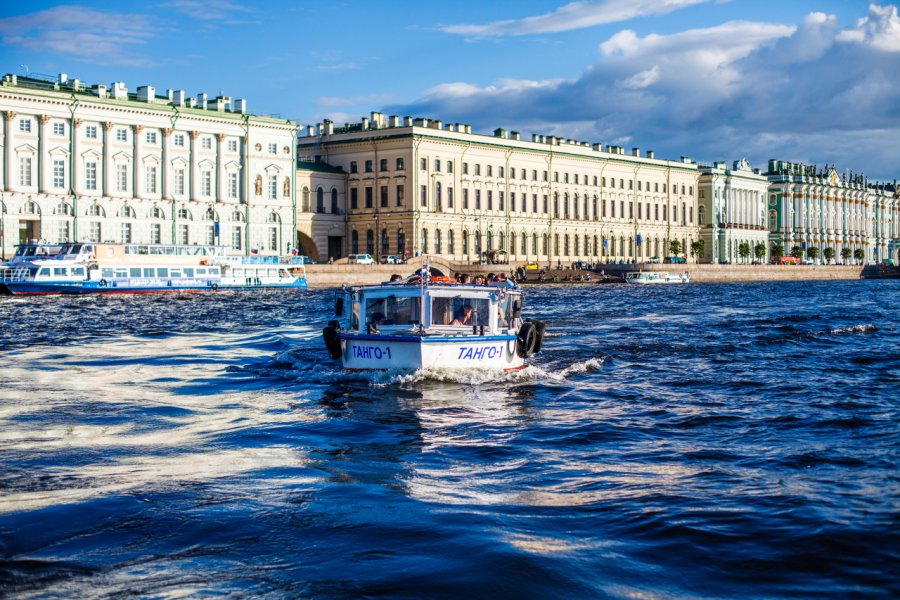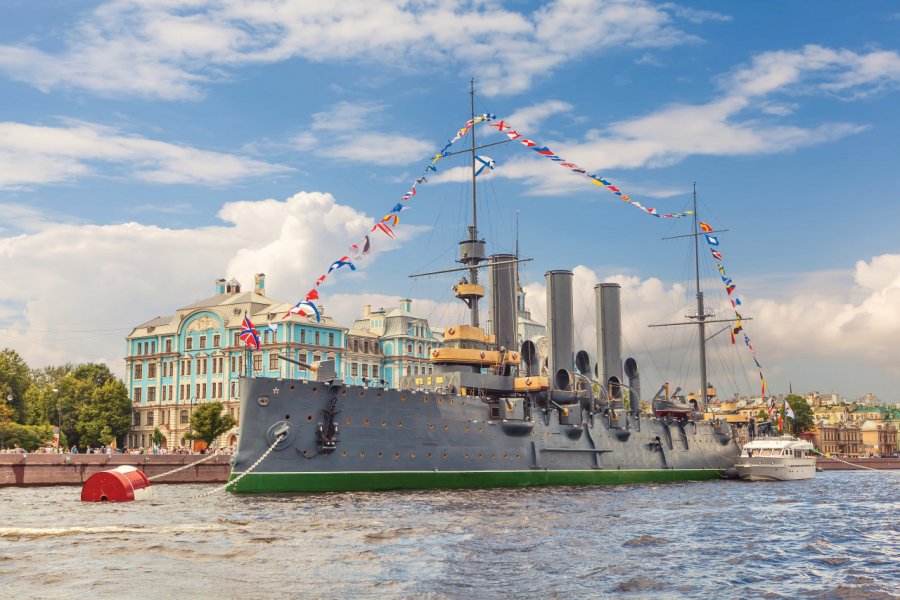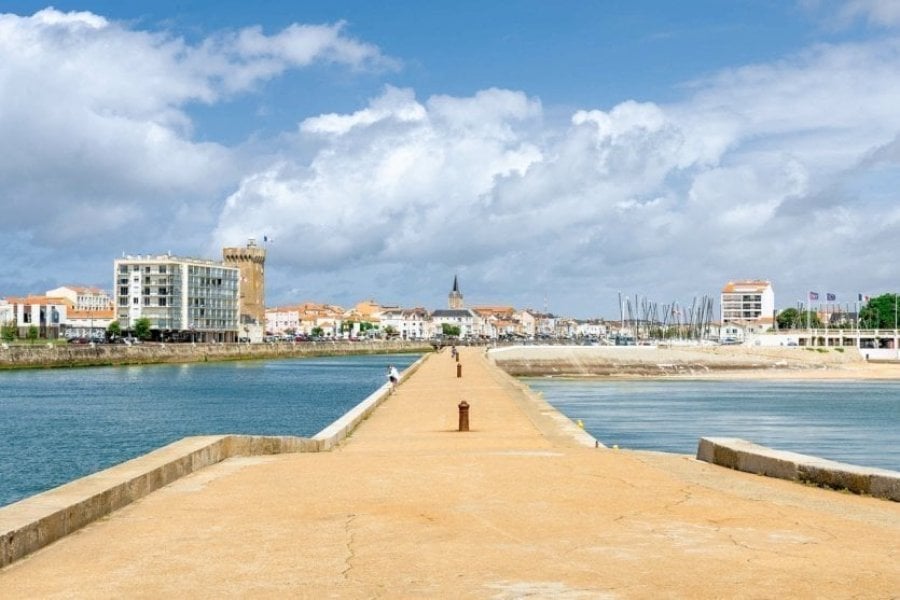10 days to discover Saint-Pét' and its surroundings
Highlights of the trip
During your stay you can enjoy the following highlights: Culture / Heritage.
Best times to go
The best time(s) to go is/are : Printemps, Eté.
The map of your stay "10 days to discover Saint-Pét' and its surroundings"
Detail of the stay : 10 days to discover Saint-Pét' and its surroundings
How to get there
Take the pulse of the city

Steps: Saint-Pétersbourg
Take a leisurely walk, discover its main monuments without penetrating it, immerse yourself in its atmosphere and history. To do this, stroll along the docks of the Neva and watch the palace of Ermitage, the Admiralty, and opposite, the golden arrow of the fortress Pierre and Paul. Get back to Nevski's perspective and enjoy the lifespan of your life: Sumptuous palaces, shops of all kinds, from the most luxurious to the darkest, busy population, luxurious dwellings, wide variety of restaurants...
Places of interest : FORTERESSE PIERRE-ET-PAUL PERSPECTIVE NEVSKI
The Ermitage: one day at the museum
Steps: Saint-Pétersbourg
It's time to throw you into the water. Who is staying in St. Petersburg must visit the Ermitage, an unavoidable museum of wealth. Take a whole day, because 400 rooms await you. You will have to choose, however, because you will not be able to see everything. Not to miss: The great stoneware, with its superb staircase of honor, French art (xve-xviiith century and nineteenth century), Italian art of xiiith century, northern schools, Spanish painting of xve in the xiee century. You can also take a look at the jewels jewels of Ermitage, composed of various jewels that belonged to Catherine II (gold jewelry and diamonds, Fabergé eggs, goldsmiths...).
Places of interest : ERMITAGE
Catherine Palace

Go to Tsarkoïe Selo, 25 km south of St Petersburg. This architectural ensemble, which means "tsar village", is only a small palace at the beginning of the eighteenth century. Gradually enlarged by the architect Rastrelli, under Catherine II, he becomes "the great palace Catherine". Its baroque somptuosities spread over 300 meters and its interior is largely up to the heights... Right across the street are the Palace Alexandre, from a very beautiful classicism (built for the grandson of Catherine II), and not far from the high school where Pushkin did his classes and lived during his youth many poems.
The Golden Triangle
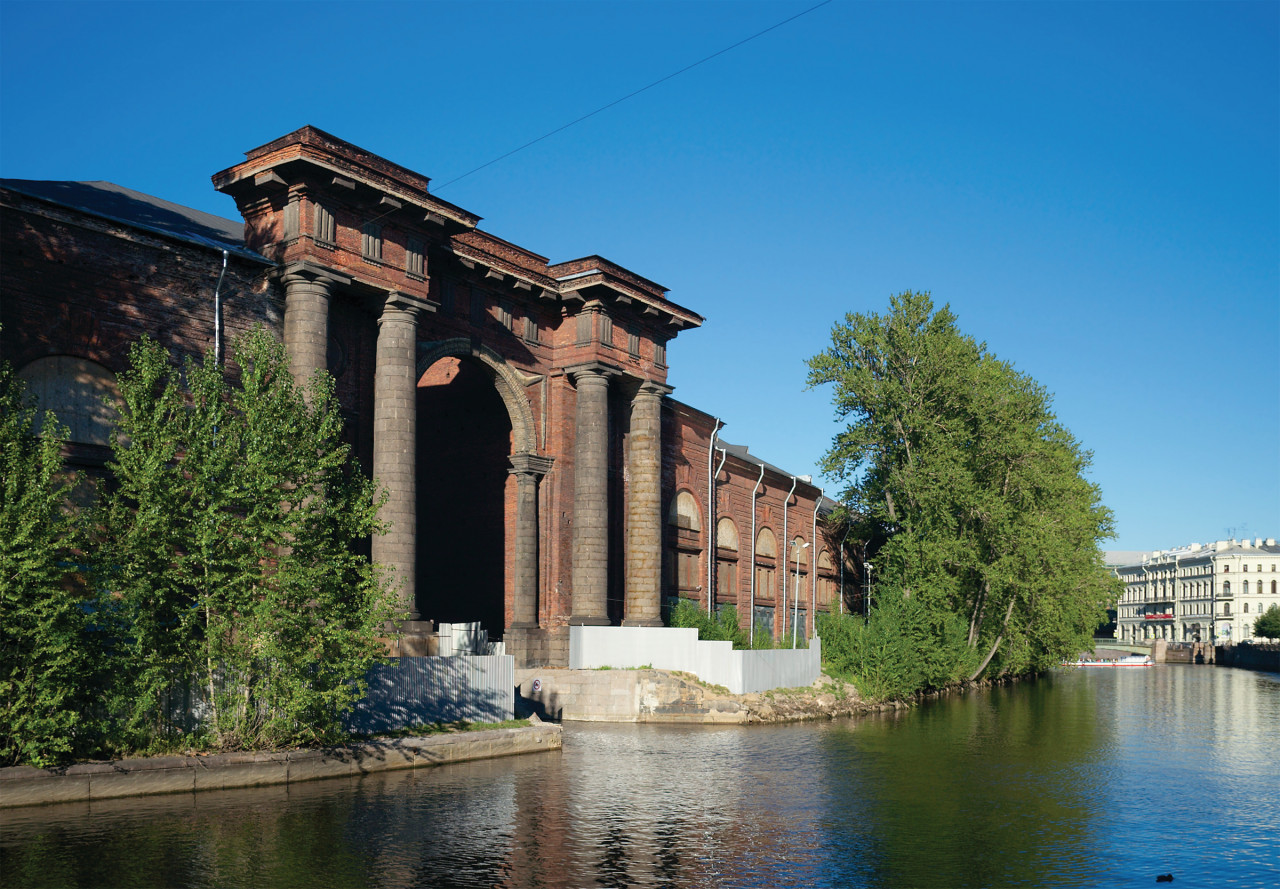
Steps: Saint-Pétersbourg
Spend this day visiting the triangle of Golden Triangle, made up of the Ermitage, the Column of Alexander, and the Saint-Sauveur-sur-le-Sang-Paid church. After admiring the square of the palace and the façade of the Ermitage, go to the Mushkin's apartment museum, 300 meters away. The poet lived in this palace (which he leased from the ground floor to a princess who admired him) and died there after he fought in duel. You will see her work cabinet, his manuscripts... visit the impressive Saint-Sauveur church next door. In the afternoon, visit the palaces and summer gardens on the banks of the Neva. One of the wonderful houses of the Romanov family...
Places of interest : JARDIN ET PALAIS D'ÉTÉ
For a great introduction to Russian art
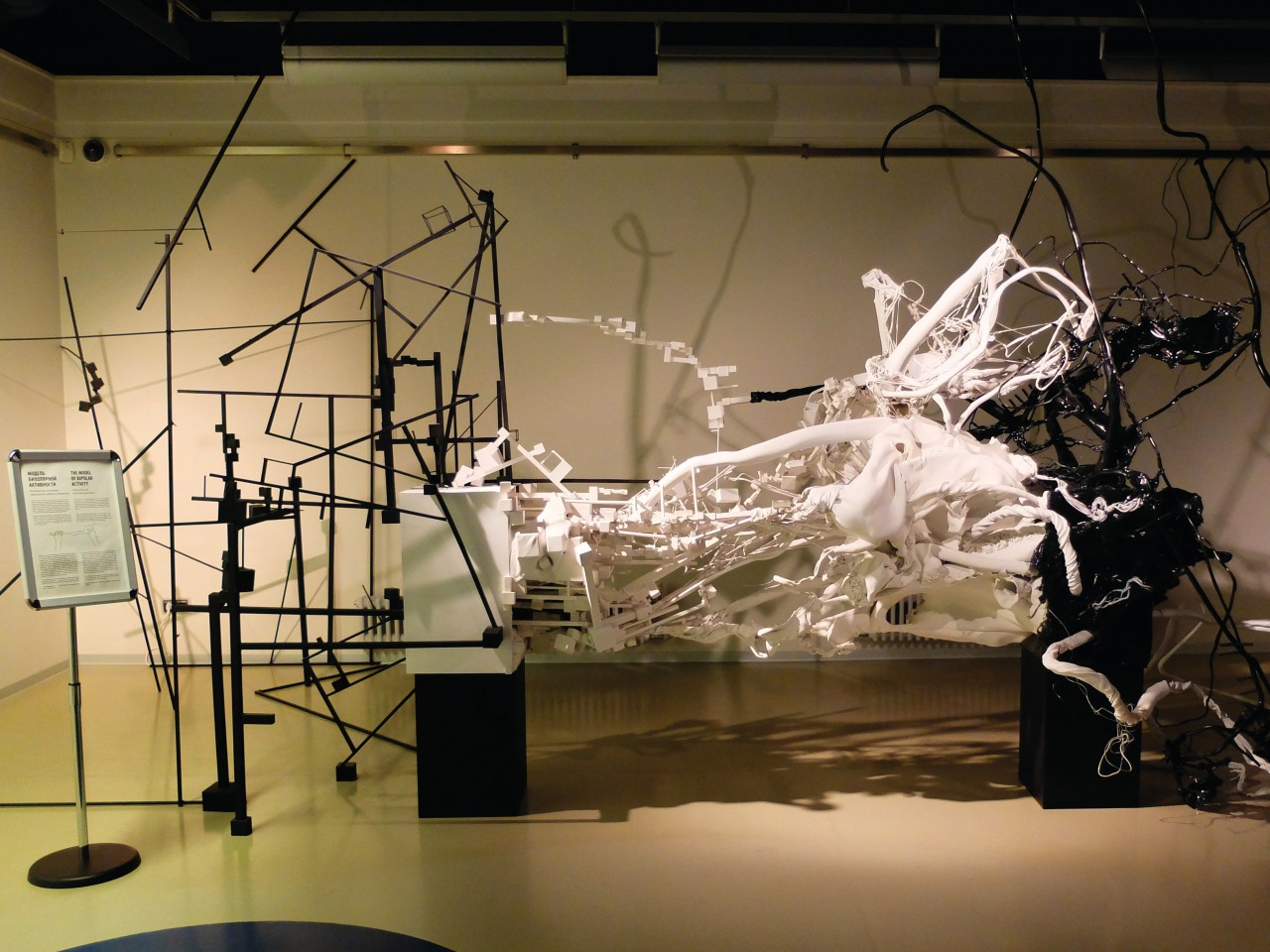
Steps: Saint-Pétersbourg
The second great museum in St Petersburg, the Russian Museum will allow you to discover an art that is often unknown. As with the Ermitage, it will be difficult to select what you will like most. The museum allows a chronological approach to Russian art, detailing some of its outstanding movements. You will thus be able to understand how painters have gradually freed themselves from religious norms, to turn to more concrete themes, reinforced later by communist ideology, to be bold and free from any artistic or political straightjacket.
Places of interest : MUSÉE RUSSE
Around the Moika
Steps: Saint-Pétersbourg
Stroll through the Amirauté area today. This fortress was at all times a very important shipyard. Admire on its main facade the high-profile Neptune representing its trident to Pierre the Great. Then go to St. Isaac's Cathedral, a true debauchery of gold, copper, bronze, marble, melting, stone... You can also walk in the Alexandrovski garden, where you can find famous figures in bronze, such as the writer Gogol. On the other side of the Moika, you can visit the magnificent Youssoupov Palace, where a very important noble family has lived, and where Rasputin was murdered. Rewind Krjukova Street to the church of Saint-Nicolas-des-Marins, blue color and symbolizing the structure of a boat.
Places of interest : CATHÉDRALE SAINT-ISAAC PALAIS YOUSSOUPOV
By boat in Peterhof
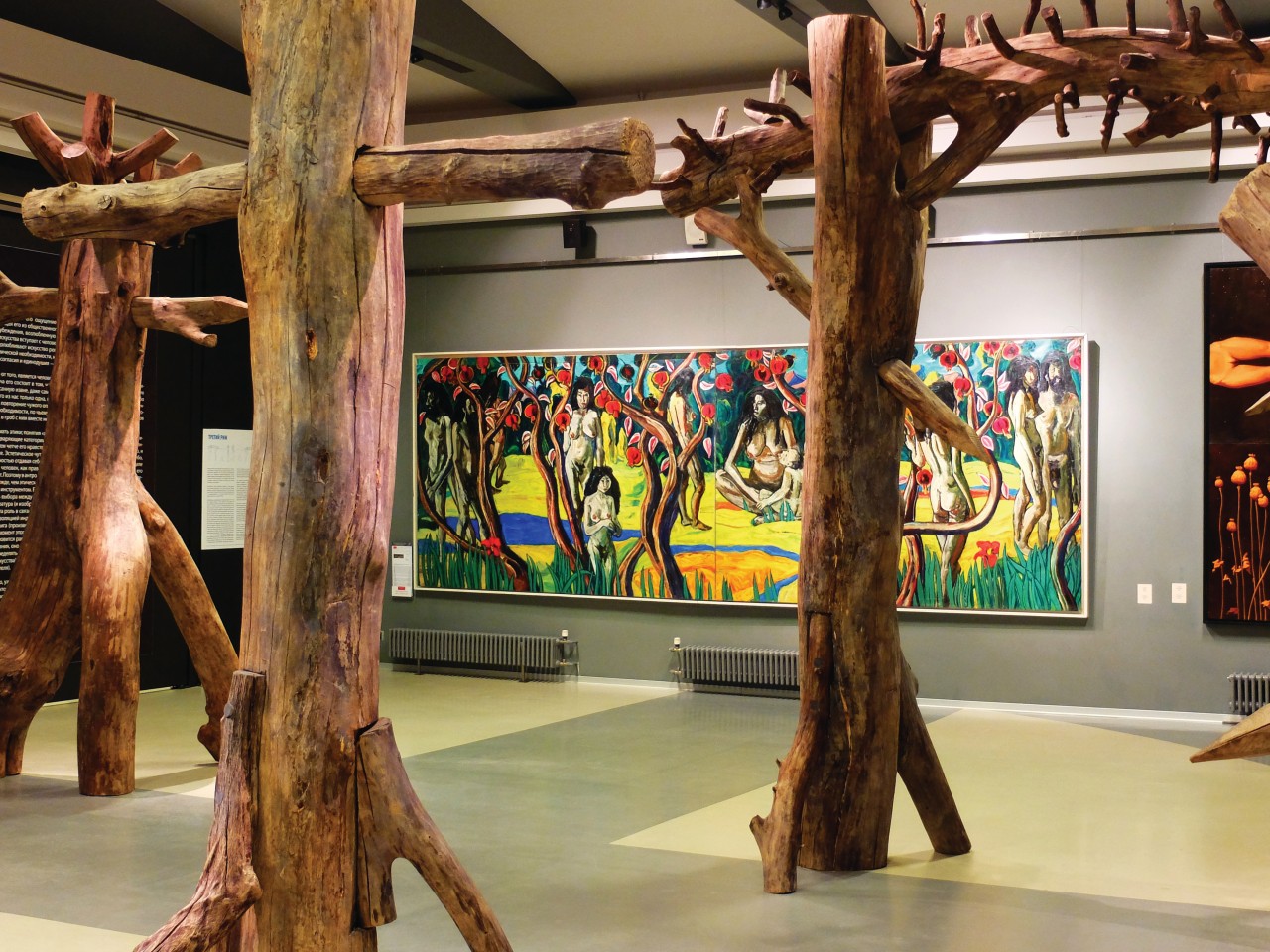
Take the hydrofoil on the Neva to go to Peterhof or Petrodvorets (its other name), the official summer residence of the tsars. During the morning you will be able to visit the large palace in which there are various private rooms and apartments, all of which are more rocambolesque. In the afternoon, park the immense park composed of English and French gardens, overlooking theatrically the sea. You can wonder in front of the amazing stunts, and the various "small" palaces (old private pavilions), nestled in nature.
In the heart of the tsars fortress
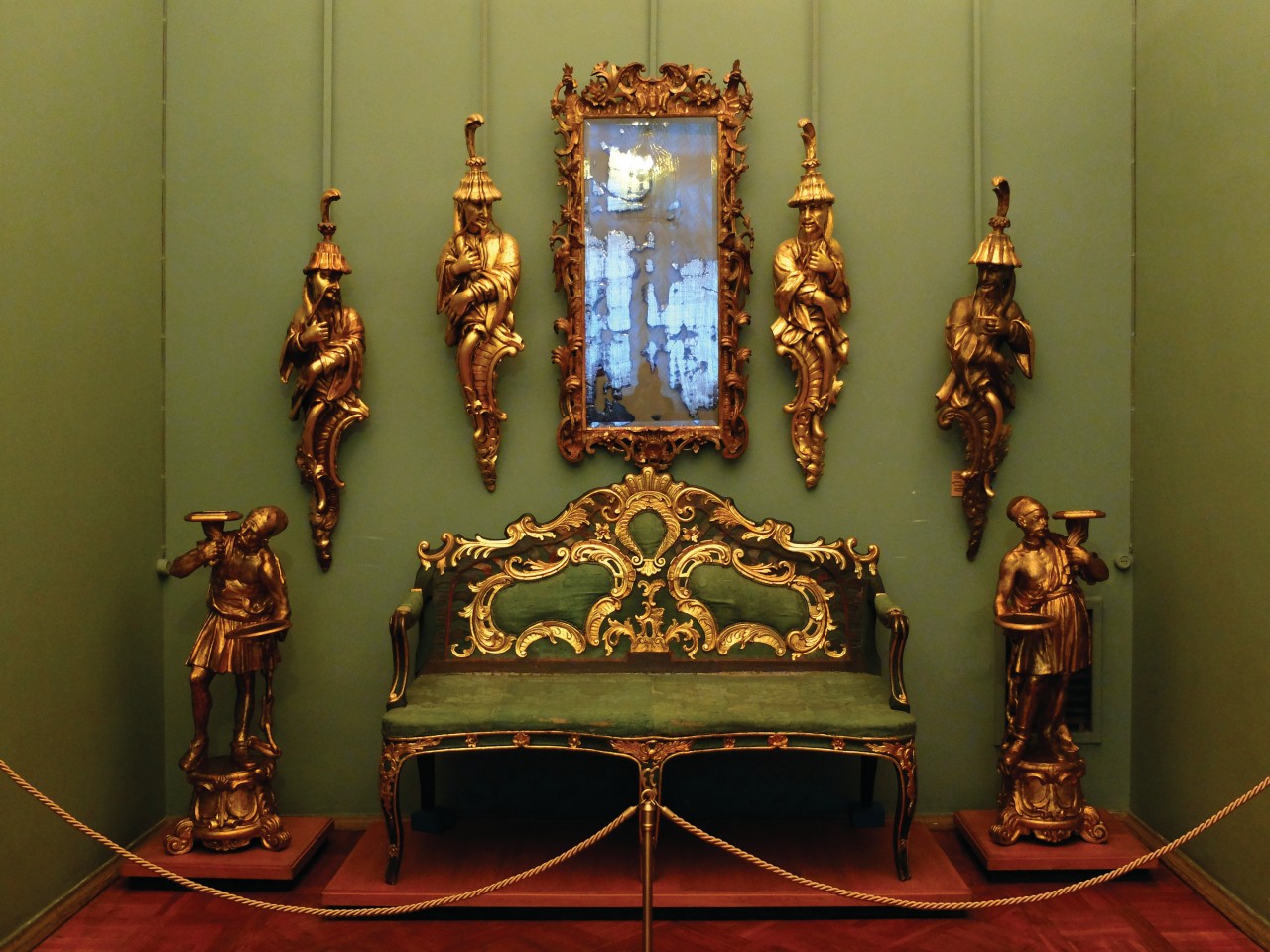
Steps: Saint-Pétersbourg
Visit the island of Lièvres, where the fortress Pierre-et-Paul is located, the former citadel of Pierre the Great. Between these walls you can visit the Cathedral Saint-Pierre and Saint Paul, the Troubetskoi bastion (where political prisoners were locked) or the small astronomy museum. The Lièvres Island is only an enclave on Petrogradskaya Island. In the rest of the island, don't miss the Aurore cruiser, who shot the Bolsheviks attack on the Winter Palace. Don't miss the Kirov apartment museum, where the first PC secretary lived: a very realistic testimony to the daily life of the 1930 s, where Stalinist worship was at its peak.
Places of interest : FORTERESSE PIERRE-ET-PAUL CATHÉDRALE SAINTS-PIERRE-ET-PAUL / TOMBEAUX DES ROMANOV
On Vassilievski Island
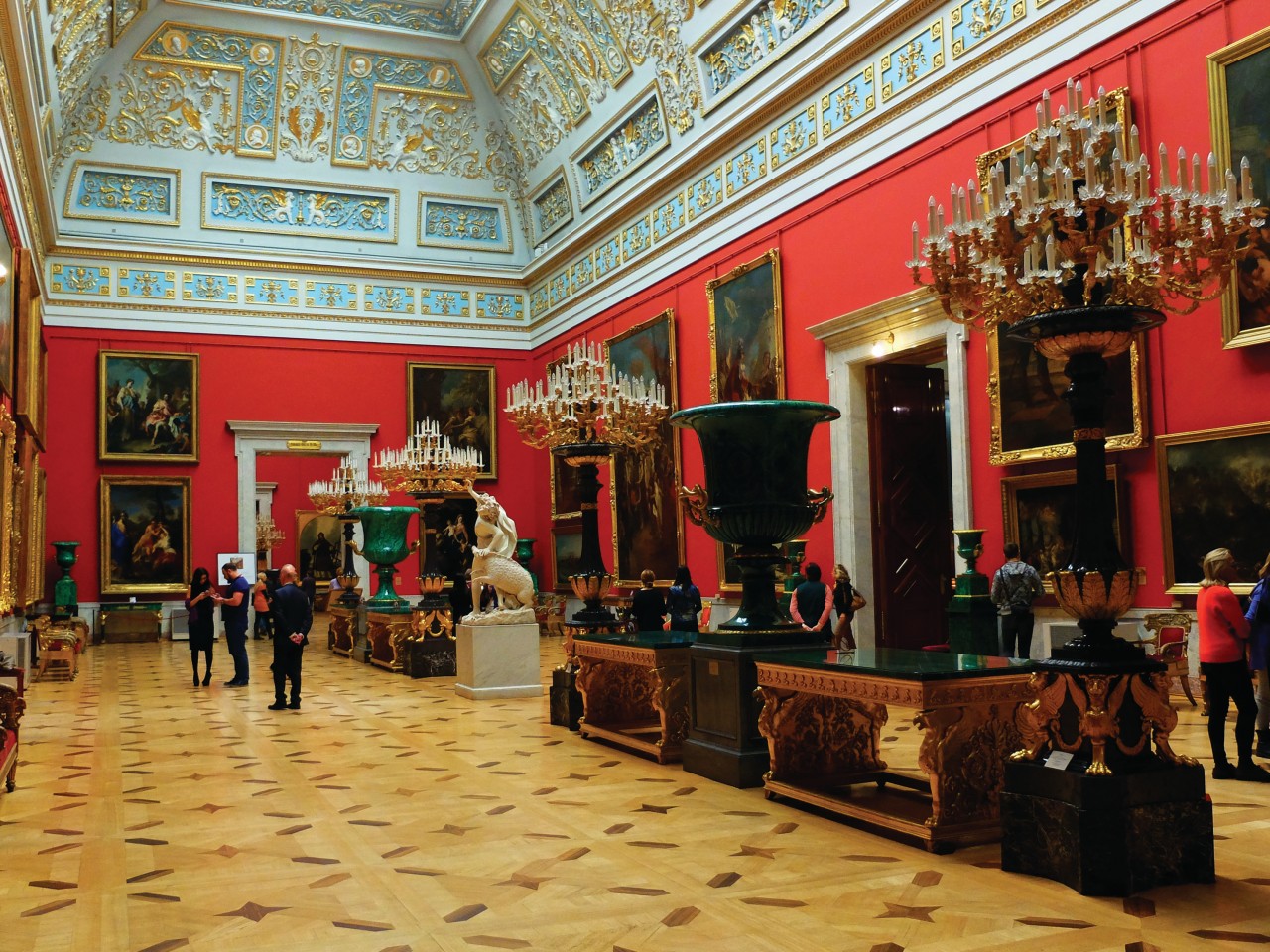
Steps: Saint-Pétersbourg
During the morning visit the Menchikov Palace on Vassilievski Island. This sumptuous palace, one of the first to be built stone, belonged to one of the governors of St Petersburg. Staying on Vassilievski Island, visit the Naval Museum in the afternoon, which traces the history of the St. Petersburg fleet through various models. You can also take a look at the curiosities that Pierre the Great had collected, visiting the Kunstamera Museum.
Places of interest : PALAIS MENCHIKOV MUSÉE CENTRAL DE LA MARINE DE GUERRE
